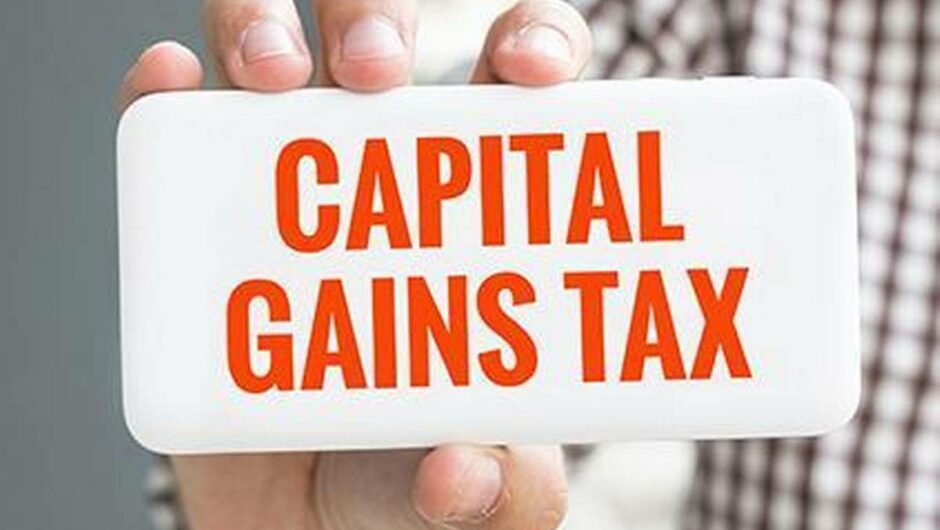The amount of money required for a mortgage down payment can vary depending on factors such as the lender, loan type, and credit score. Generally, a down payment of 20% of the home’s purchase price is recommended to avoid paying private mortgage insurance (PMI). However, there are other options available with lower down payments, including government-backed loans and first-time homebuyer programs.
Introduction
Buying a home is a major financial decision, and one of the most important factors to consider is the down payment. A down payment is the upfront cash payment made by the homebuyer when purchasing a property. The amount of money required for a down payment can vary depending on factors such as the lender, loan type, and credit score. In this article, we’ll explore how much you need for a mortgage down payment, the advantages of a larger down payment, alternatives to a 20% down payment, and factors to consider when deciding on a down payment.
How much do you need for a down payment?
The amount of money you need for a down payment can vary depending on several factors, including the lender, loan type, and credit score. A common rule of thumb is to aim for a down payment of 20% of the home’s purchase price. For example, if you are buying a home that costs $300,000, a 20% down payment would be $60,000.
However, it’s important to note that some lenders may require a higher or lower down payment, depending on the loan type and your credit score. For example, FHA loans typically require a down payment of 3.5%, while VA loans may require no down payment at all.
It’s also worth considering the overall cost of the home when determining your down payment amount. A larger down payment will result in a smaller loan amount, which can save you money in interest payments over the life of the loan. However, it’s important to balance this with your other financial goals and obligations, such as saving for retirement or paying off debt.
Alternatives to a 20% down payment
If a 20% down payment is not feasible for your financial situation, there are alternative options available:
- Government-backed loans: FHA and VA loans are two types of government-backed loans that offer lower down payment options. FHA loans require a minimum down payment of 3.5% and VA loans may require no down payment at all.
- Private mortgage insurance (PMI): PMI is a type of insurance that protects the lender in case the borrower defaults on the loan. It is typically required for loans with a down payment of less than 20%. While it can increase the cost of your monthly mortgage payment, it can be a viable option for those who cannot afford a larger down payment.
- First-time homebuyer programs: Many states and cities offer programs that provide financial assistance to first-time homebuyers, including down payment assistance. These programs vary by location, so it’s worth researching what’s available in your area.
It’s important to carefully consider your options and weigh the pros and cons of each before making a decision. Keep in mind that a smaller down payment may result in a larger loan amount and higher monthly mortgage payments.
Factors to consider when deciding on a down payment
When deciding on a down payment, there are several factors to consider:
- Your overall financial picture: It’s important to consider your overall financial goals and obligations when determining your down payment amount. While a larger down payment can save you money in interest payments over the life of the loan, it may not be feasible if you also need to save for other financial goals, such as retirement or emergencies.
- Loan type: Different loan types may require different down payment amounts. It’s important to research and understand the requirements of the loan you are considering.
- Credit score: Your credit score can also impact the down payment amount required for your loan. A higher credit score may qualify you for a lower down payment requirement.
- Current housing market: The housing market can impact down payment requirements as well. In a competitive market, a larger down payment may make your offer more attractive to sellers.
- Interest rates: Interest rates can also be impacted by your down payment amount. A larger down payment can result in a lower interest rate, which can save you money over the life of the loan.
- Private mortgage insurance (PMI): PMI is typically required for loans with a down payment of less than 20%. It’s important to consider the cost of PMI when deciding on your down payment amount.
By considering these factors, you can make an informed decision on the down payment amount that works best for your financial situation.
Conclusion
Deciding on a down payment amount for a mortgage is an important financial decision. While a 20% down payment is a common rule of thumb, it’s important to consider your overall financial picture, loan type, credit score, current housing market, interest rates, and the cost of private mortgage insurance (PMI) when determining your down payment amount. By weighing these factors and carefully considering your options, you can make an informed decision that works best for your financial situation and helps you achieve your long-term financial goals.
Also Read:
- Conditional Mortgage Approval: Tackling The Common Questions
- How Much Is Life Insurance In Canada?
- What are financial smart goals?
- WHAT ARE THE 5 STEPS OF FINANCIAL PLANNING?

Hello, I am Tanisha Kriplani, graduated in computer science from Delhi University. I am passionate about web content writing and have a strong interest in Data Analytics and Data Engineering.












